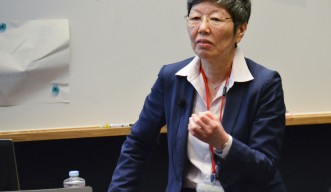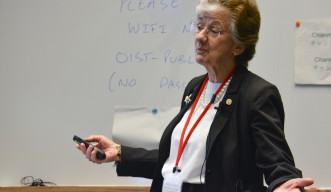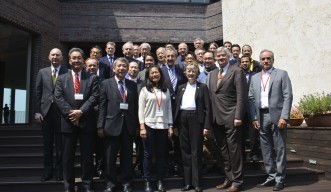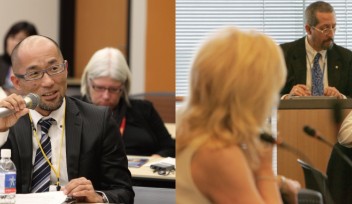Igniting Innovation to Improve Society
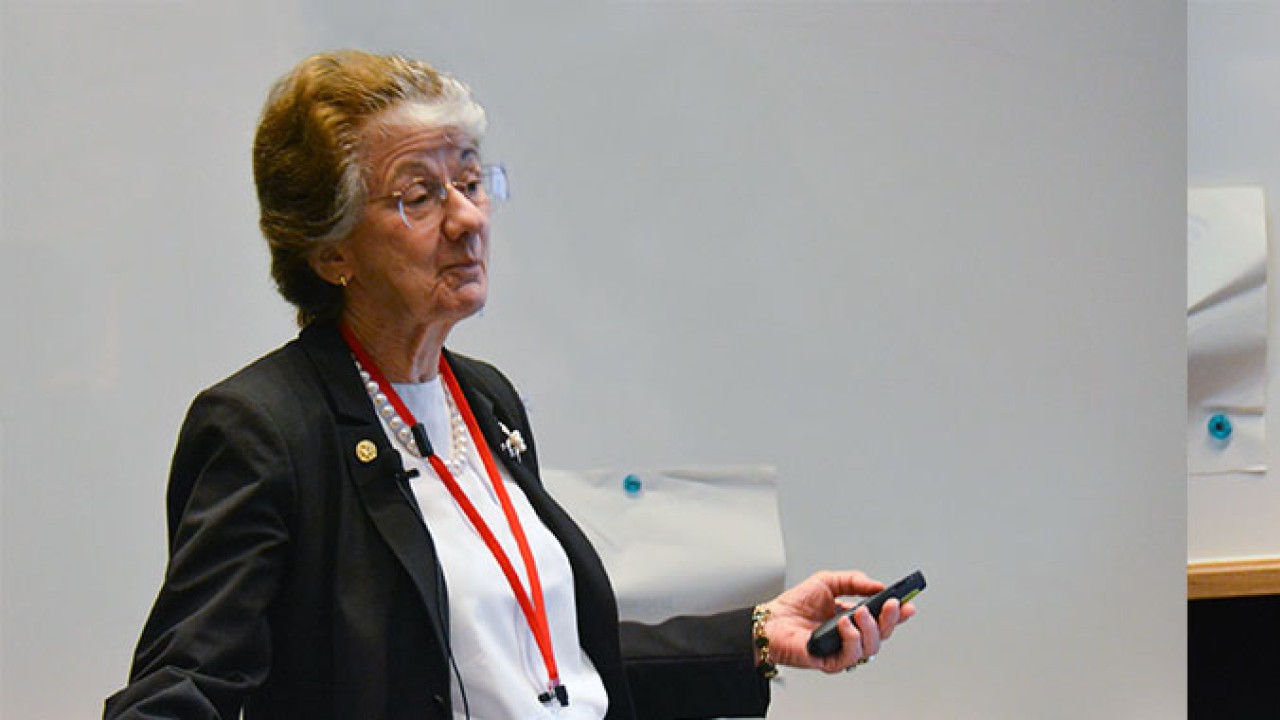
In a world that is constantly changing and where new technology is continually emerging, universities are re-thinking their role in innovation and societal improvements. On Tues., March 22, experts from around the world came together at Okinawa Institute of Science and Technology Graduate University (OIST) to discuss and share ideas about how universities can increase innovation and provide economic growth in their region.
“Universities have a responsibility to create new knowledge and to do so in a way that benefits humanity,” OIST president, Jonathan Dorfan said.
In four sessions, 16 speakers explored ways to spark, measure, and promote innovation in the university setting followed by panel discussions. The symposium began with two keynote speakers, who are representatives of national innovation systems in Japan and the United States: Dr. Rita Colwell, former director of the National Science Foundation and Dr. Yuko Harayama from the Council for Science, Technology & Innovation Policy, Japan Cabinet Office.
As innovation is seen as an engine for technological advancements and growth, Colwell acknowledged the resistance to new things as a hurdle in bringing new products and technologies to market. She noted that innovators need to get through large marketing barriers in order to have their creations embraced. She also stressed the importance of providing students a full education that promotes creativity by integrating literature, social science, and history together with science.
“Innovation is just another word for creativity,” Colwell said. “If we do not educate the next generation to think and innovate, we are starving the next generation.”
Harayama said that society should be at the center of innovation. She also stressed that proactive coordination, dialogue, and collaboration of government, university, and industry were integral in meeting a changing world. In order to do this, she recognized the importance of the university and the role of relationships.
“The role of the university is to train, empower, and connect people,” Harayama said. “The key is people. We need different layers of people, not just scientists, to collaborate.”
Following the keynotes were sessions that discussed innovation mechanisms, measurements, and stakeholders. The speakers in the mechanism session all talked about the importance of relationships in different capacities, whether with researchers, potential customers, or future innovators. They all cited relationships as integral to transferring technologies to society, with an understanding of societal or customer needs.
The measurements session spoke to the problem of trying to measure university innovation success. Since there is currently no standard in doing this, each speaker pulled from their experience and cultural background. Two speakers said that the number and success of startup companies could be important indicators and that entrepreneurship should be heavily encouraged and supported.
The final session was about innovation stakeholders and creating balance and relationships between industry, government, university, and funding sources. The speakers urged for more collaboration between these different areas.
The theme of people, their relationships, and capacity for collaboration in order to accelerate innovation was clear throughout the symposium. Also, the need to share information about promoting innovation to a larger audience was encouraged.
“We really do need to bring the university and industry together,” Dr. Richard Dasher of Stanford University and event moderator said. “It is important to continue the dialogue and recognize the need for different plans based on different places.”
For press enquiries:
Press Inquiry Form










